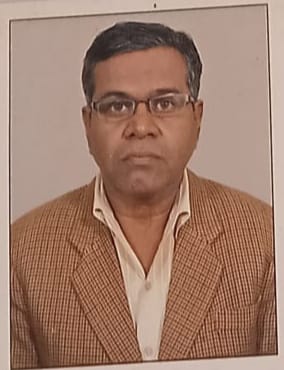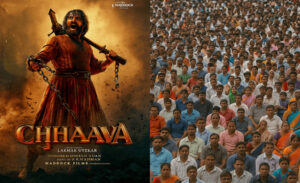The Societal Impact of Historical and Controversial Films: Role of Social Media and Human Behavior
Films like Bajirao Mastani,Panipat, Padmaavat, Tanhaji, The Kashmir Files, The Kerala Story, and the recently released Chhavaa have sparked intense debates in society. Despite disclaimers stating that these films are fictional or creatively interpreted, audiences often perceive them as factual representations, leading to social unrest. This raises an important question: Is this heightened reaction due to the amplifying effect of social media, or is it an inherent aspect of human nature? Would these films have caused the same impact two decades ago?
Historical Films and Public Perception
Historical and semi-historical films have always influenced public perception. Movies like Mughal-e-Azam (1960) and Lagaan (2001) were celebrated for their storytelling, but they did not incite widespread controversy. However, recent films tend to polarize audiences, suggesting a shift in how people consume and react to cinematic narratives.
One key reason is the selective dramatization of history. Films like Padmaavat (2018) and The Kerala Story (2023) present contentious interpretations of historical or socio-political events, often aligning with specific ideological narratives. While filmmakers defend their work as creative liberty, the public, especially those emotionally invested in the depicted events, reacts strongly.
Role of Social Media in Amplifying Controversy
Social media acts as a catalyst in escalating controversies. Two decades ago, debates around films were limited to newspapers, television, and word-of-mouth discussions. Today, platforms like Twitter (X), Facebook, and WhatsApp allow misinformation and polarized opinions to spread rapidly.
- Echo Chambers and Confirmation Bias – Social media algorithms reinforce pre-existing beliefs, creating echo chambers where extreme views gain traction. When a film like The Kashmir Files (2022) presents a one-sided narrative, supporters amplify it as the absolute truth, while critics dismiss it as propaganda.
- Viral Misinformation – Clips from films are often shared out of context, distorting public perception. For instance, The Kerala Story was accused of exaggerating forced religious conversions, leading to political clashes.
- Mob Mentality and Cancel Culture – Online outrage often translates into real-world consequences, such as protests, bans, or threats against filmmakers. The 2018 Padmaavat controversy saw violent demonstrations, fueled by social media mobilization.
Human Nature and Aggressive Behavior
Human psychology plays a crucial role in these reactions. People tend to emotionally internalize stories that align with their identity, religion, or political beliefs. When a film challenges or reinforces these beliefs, it triggers strong reactions.
- *Cognitive Dissonance
-When cinematic narratives
contradict deeply held beliefs, audiences either reject the film or aggressively defend their stance.
Tribalism – Humans naturally form in-groups and out-groups. Films depicting historical conflicts (Panipat, Tanhaji) often revive old rivalries, leading to communal or political tensions.
Would These Films Have Caused the Same Impact 20 Years Ago?
Before the digital age, controversies were slower to spread and often limited by media gatekeeping. Films like Gadar: Ek Prem Katha (2001) did face backlash, but the scale was smaller due to the absence of social media. Today, the instant virality of content ensures that controversies escalate rapidly, making the societal impact far more explosive.
Conclusion
The storm created by historical and controversial films is a combination of social media’s amplifying effect and innate human tendencies toward tribalism and emotional reactivity. While filmmakers may claim creative freedom, the public’s tendency to treat cinema as reality—fueled by digital echo chambers—ensures that such films continue to provoke intense societal reactions. Two decades ago, the impact would have been more contained, proving that technology has fundamentally changed how art influences society.
Key Takeaways:
- Social media accelerates polarization by spreading misinformation and reinforcing biases.
- Human nature drives emotional and aggressive responses to perceived threats to identity.
- Historical films today cause greater unrest due to digital virality, unlike pre-social media times.
The solution lies in media literacy—encouraging audiences to distinguish between cinematic fiction and historical facts—while filmmakers should exercise responsibility in handling sensitive subjects.







